What is an air washer
An air washer is an air purifier that cleans the air using water to trap pollutants and impurities. Air washers typically consist of a fan that draws air through a series of damp pads or plates, where the water in the pads or plates absorbs dust, dirt, and other particles from the air. The air is then released back into the room, typically with higher humidity than before.
Air washers are often used in areas with high air pollution or dust levels, such as industrial facilities or construction sites. They can also be used in homes and offices to improve indoor air quality and increase humidity levels, which can be beneficial for people with respiratory problems or dry skin.
What is an air washer used for?
An air washer is used for air purification, humidification, and cooling. Its primary function is to improve indoor air quality by removing pollutants such as dust, allergens, and odors from the air.
Air washers are commonly used in industrial and commercial settings such as factories, warehouses, and data centers to improve air quality. Still, they can also be used in residential settings to improve the overall air quality in the home.
In addition to purifying the air, air washers can also humidify the air by adding moisture to the air. This can help reduce air dryness and alleviate symptoms such as dry skin, sore throat, and coughing. Some air washers also have cooling functions that can help lower the room’s temperature, making them versatile and useful tools for improving indoor air quality and comfort.
Types of Air Washers
There are different types of air washers available in the Market:
Direct Air Washers
Direct air washers are also known as single-pass air washers, as they use a one-pass system where the air is washed once and then released back into the room. In direct air washers, the air is forced through a series of wet pads, where it is scrubbed clean by the water. The air is then released back into the room as purified , cool and humidified air.
Indirect Air Washers
In indirect air washers, the air is first passed through a Sensible heat exchanger, where it is cooled and then passed through a series of wet pads to remove pollutants. The purified air is then heated,if required , and released back into the room.
Innovated Multi pad Air Washers:
Normally Air washers come with single pad and air filters on its air suction side.Now a days Muti pad Air washers called High Static cooling units are also available .The benefits of muti-pad air washers are manifold:
- Compact in size ,hence less footprint
- More pad area results in better cooling
- Removable pad panels ,makes maintenance easy
- Energy efficient
Both direct and indirect air washers have advantages and disadvantages, and the choice of which type to use depends on the user’s specific needs. Direct air washers are generally more efficient and less expensive but require more water and are less effective at removing certain pollutants. On the other hand, indirect air washers are more effective at removing impurities and require less water, but they are more expensive and require more maintenance.
Features of Air Washer
The features of an air washer can vary depending on the specific model and manufacturer, but some common characteristics of air washers include the following:
Water tank
An air washer typically has a water tank that holds the water used for washing the air. The tank size can vary depending on the model, and larger tanks can mean longer periods of operation between refills.
Air filter
An air washer may have a built-in air filter that captures larger particles before the air passes through the water. This can help extend the water filter’s life and improve air quality.The air filters normally used are of 10 micron filtering capacity made of washable synthetic HDPE media.
Humidification and cooling
An air washer can cool by evaporation and add humidity to the air by using the water in the tank to humidify the air as it is washed.
Multiple speed settings
Many air washers come with multiple speed settings that allow the user to adjust the speed of the fan and the amount of air that is washed.
Automatic shut-off
Some air washers have an automatic shut-off feature that turns the unit off when the water tank is empty. This can help to prevent damage to the unit and save energy.
Energy efficiency
Many air washers are designed to be energy-efficient, with low power consumption and features like programmable timers and sleep modes.
How Air Washers Work
Air washers, also known as evaporative humidifiers or humidifying air purifiers, add moisture to dry indoor air while filtering out impurities such as dust, pollen, and other particulates.
The basic principle behind air washers is using a rotating drum or disk containing a wetted filter material. As dry air is pulled through the filter, the water on the filter evaporates, cooling and humidifying the air. The evaporative process also causes impurities in the air to become trapped in the filter, providing a basic level of air purification. The moist air is then blown out of the unit and circulated throughout the room, raising the humidity level and providing relief for people suffering from dry skin, allergies, or other respiratory issues.
To maintain effective operation, it is important to regularly clean and replace the filter material in an air washer to prevent the buildup of bacteria, mold, and other harmful contaminants.
What Are the Differences Between an Air Washer and an AHU?
An Air Washer and an Air Handling Unit (AHU) are two different systems used for indoor air treatment, with some similarities but also some key differences.
An Air Washer is primarily designed to cool ,humidify and purify the air by adding moisture to it and filtering out impurities. It uses a wet filter material to trap particles and pollutants while adding humidity to the air via evaporation. The air washer is often used in areas where the air is excessively dry, such as in data centers, printing facilities, and other industrial settings.
On the other hand, an Air Handling Unit (AHU) is a device that is designed to condition and circulate air throughout a building. It is typically composed of a blower, heating or cooling coils, filters, and dampers. The AHU can cool or heat the air, control the humidity, and distribute the conditioned air to various parts of the building via a network of ducts.
The AHU is a complex system that can be customized to meet specific indoor air requirements, such as the level of air filtration, temperature, and humidity control. It is commonly used in commercial buildings, hospitals, and other large structures requiring high air quality.
In summary, while an Air Washer focuses on air cooling ,adding humidity and purifying the air, an AHU is a more comprehensive system that is used for air conditioning and circulating the air throughout a building.
Conclusion
All you need to know about air washers are here, and we hope you got the idea about the Air washer, their usage, and their types. If you still need clarification or are trying to decide what is best, browse our products or visit @https://www.evapoler.com/ for more information. Our team will help you out in making the best decision.
We look forward to helping you and making your Indoor environment comfortable and healthy.

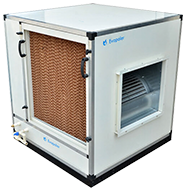

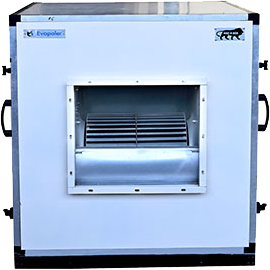
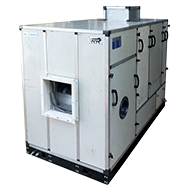
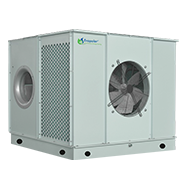
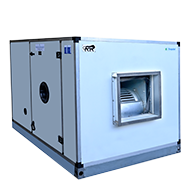
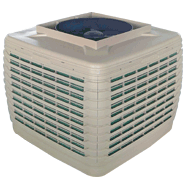
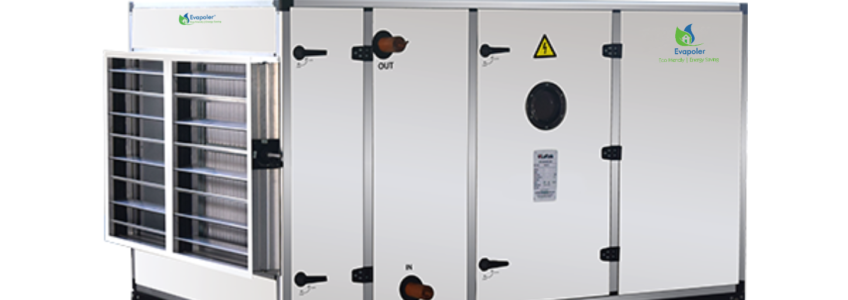


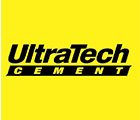







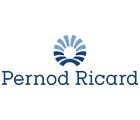














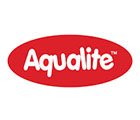
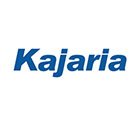




 Download Brochure
Download Brochure  Customer Care
Customer Care